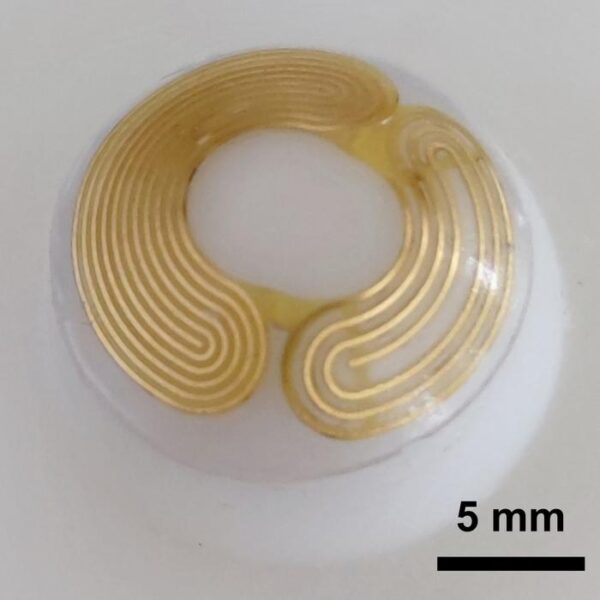Glaucoma, a group of diseases that damage the optic nerve and lead to vision loss, affects about three million people in the U.S. Early treatment is crucial to reducing vision loss, but most people with early-stage glaucoma don’t know they have it. Now, researchers have reported a prototype “smart” contact lens that accurately measures eye pressure, a key indicator of glaucoma, regardless of temperature.
The Challenge of Monitoring Eye Pressure
Doctors typically use “air puff tests” during eye exams to take one-time measurements of eye pressure. A slight elevation in pressure, caused by fluid buildup around the cornea, can lead to a glaucoma diagnosis. However, continuously monitoring these tiny fluctuations in pressure is challenging, especially with the variety of temperatures eyes experience.
Researchers have been testing ways to continuously and more comfortably detect these changes, such as contact lenses that transmit signals to receptor glasses. But changing temperatures — like stepping outside into cold weather — can throw off the lenses’ measurements.
A Dual-Circuit Design for Accurate Measurements
Dengbao Xiao and coworkers designed two miniature spiral circuits, each with a unique natural vibration pattern that would change when stretched by minute amounts, such as with changes to an eye’s pressure and diameter. They sandwiched these tiny circuits between layers of polydimethylsiloxane, a typical contact lens material, to create pressure-detecting contact lenses.
In laboratory tests on pig eye specimens, the contact lenses monitored and wirelessly transmitted pressure data from 50 to 122 degrees F. When pressures were calculated from the signal of only one circuit in the lens, the results deviated up to 87% from the true values. However, when information from both circuits was used, the pressure readings differed by only 7% from the true value because the combination removed temperature-related errors.
“Our dual-circuit ‘smart’ lens design has potential to be used for accurate early detection and monitoring of glaucoma, even in a wide range of temperatures,” the researchers say.
The transmitted signals were unaffected by tests meant to mimic eye movement, extended exposure to moisture (to simulate damp conditions in the eye), and daily wear and tear.
While detecting a subtle increase in eye pressure helps doctors to diagnose glaucoma, it’s challenging to monitor continuously, especially with the variety of temperatures eyes experience. The researchers’ prototype “smart” contact lens measures eye pressure accurately, regardless of temperature, offering hope for early detection and monitoring of this vision-threatening disease.


